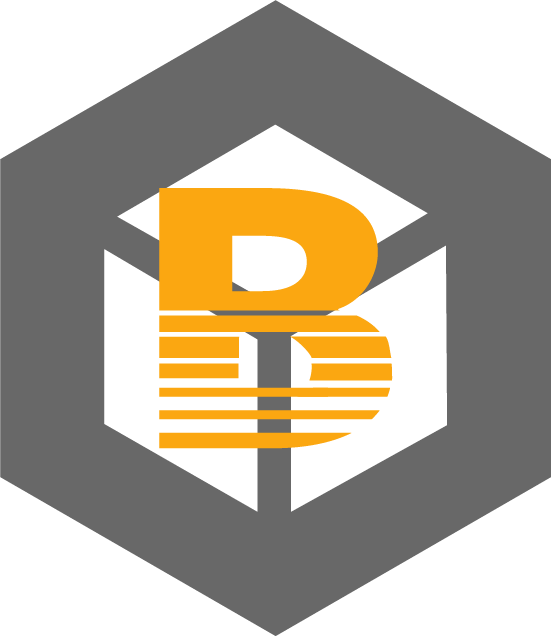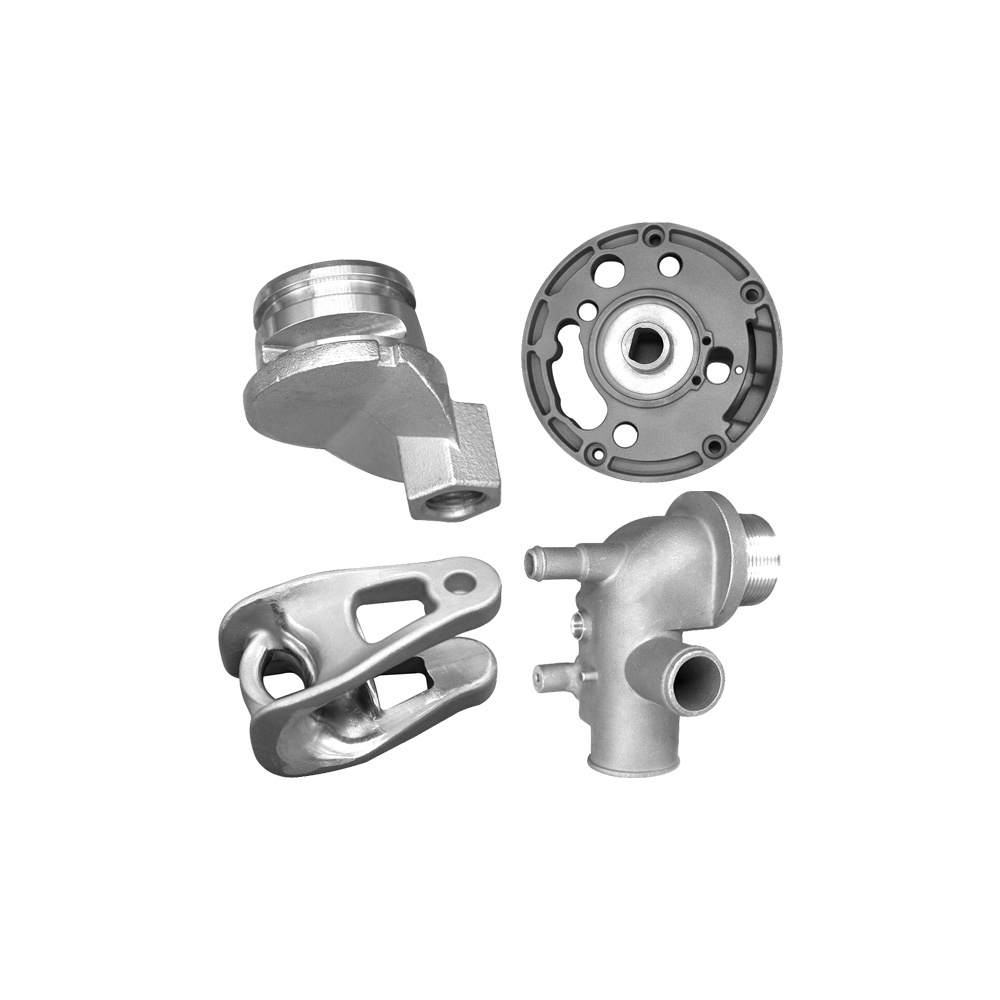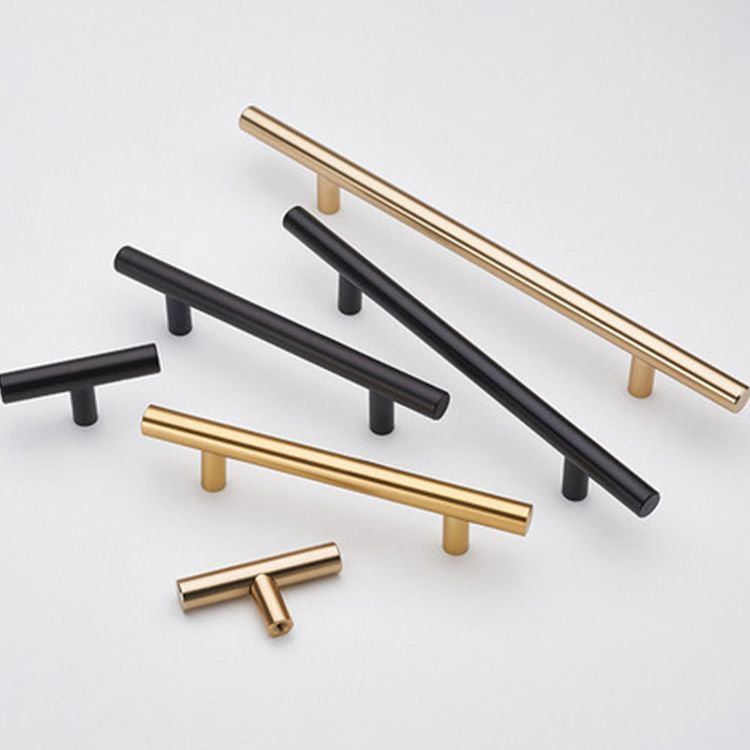 Esperanto
Esperanto
 Shqiptare
Shqiptare
 Euskara
Euskara
 Zulu
Zulu
 Latinus
Latinus
 Cymraeg
Cymraeg
 தமிழ்
தமிழ்
 Slovak
Slovak
 Slovak
Slovak
 Afrikaans
Afrikaans
The Essentials of Sheet Metal Fabrication: A Comprehensive Overview
Release time:
2025-07-08
Source:
The process of sheet metal fabrication can be broken down into several key steps, including cutting, bending, and assembling. Cutting can be achieved through various methods, such as laser cutting, water jet cutting, or traditional shearing. Each method has its advantages, with laser cutting providing high precision and intricate designs, while water jet cutting is ideal for thicker materials without thermal distortion.
Once the metal sheets are cut to the desired dimensions, the next step is bending. This process involves applying force to the metal to create angles and shapes that meet specific design requirements. The bending can be done manually or with the aid of machines, such as press brakes, which provide more consistent results for larger production runs.
Assembly is the final stage of sheet metal fabrication and involves joining multiple components together to form a complete product. This can be accomplished through welding, riveting, or using adhesives, depending on the materials involved and the intended use of the final product. Precision during assembly is crucial, as any misalignment can lead to structural weaknesses in the finished item.
One of the key advantages of sheet metal fabrication is its versatility. It can accommodate a wide range of materials, including aluminum, steel, copper, and brass, making it suitable for countless applications. Additionally, the ability to produce complex shapes with high precision allows manufacturers to create customized solutions tailored to specific needs.
Moreover, advancements in technology have revolutionized sheet metal fabrication. The integration of computer-aided design (CAD) and computer-aided manufacturing (CAM) systems has streamlined the design and production processes, enabling faster turnaround times and enhanced accuracy. These technologies allow for better planning and optimization of resources, ultimately leading to cost savings and improved efficiency in manufacturing processes.
In conclusion, sheet metal fabrication is an essential part of the manufacturing process that requires a combination of skill, precision, and technology. Understanding its various stages—cutting, bending, and assembling—can lead to better project outcomes and innovations in design. As the industry continues to evolve, staying updated on the latest techniques and technologies remains crucial for professionals in the field.
Sheet Metal Fabrication
Related News
2025-12-14 12:00
Understanding CNC Turning and Milling Parts: A Comprehensive Guide for Precision Manufacturing
CNC (Computer Numerical Control) turning and milling are essential processes in the realm of precision manufacturing. These techniques are widely employed in the machining industry for producing intricate components that meet strict tolerances and specifications. Understanding the fundamentals of CNC turning and milling parts can enhance your knowledge of how these processes contribute to quality
2025-12-09 12:10
A Comprehensive Guide to Household Appliances Maintenance: Keep Your Home Running Smoothly
A Comprehensive Guide to Household Appliances Maintenance Household appliances are the backbone of modern living, providing convenience and efficiency in our daily routines. However, just like any other mechanical devices, they require regular maintenance to function optimally. In this guide, we will explore various household appliances, their maintenance needs, and practical tips to extend their
Let’s Talk
We can help you figure out your needs.




